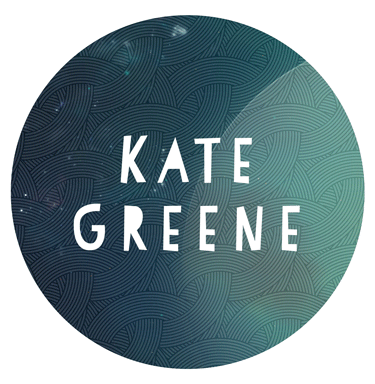Often the Nobel Prize in physics is awarded to researchers who have devised some arcane theory that’s impossible for most people to comprehend. Not so this year. The 2009 Nobel Prize in physics went to a trio of scientists who, in the 1960s, figured out how to harness light in revolutionary ways, laying the foundation for the modern information age.
Half of the prize goes to Charles K. Kao for figuring out why the optical fiber at the time limited the distance a photon could travel. The conventional wisdom at the time was that the fiber manufacturing process created impurities in the fiber through which light dissipated. Kao, however, theorized that the problem was the material. By proposing a purer form of glass, fuzed quartz, for optical fiber, he enabled engineers to extend distance light could travel in fiber from 20 meters to a kilometer.
Willard S. Boyle and George E. Smith, two Bell Labs researchers, share the other half of the prize. These two invented the CCD, a type of imaging chip found in digital cameras. The device takes advantage of the fact that electrons in a silicon crystal are jostled around when light hits it. The loose electrons are captured and counted, making up the pixels of an image.

